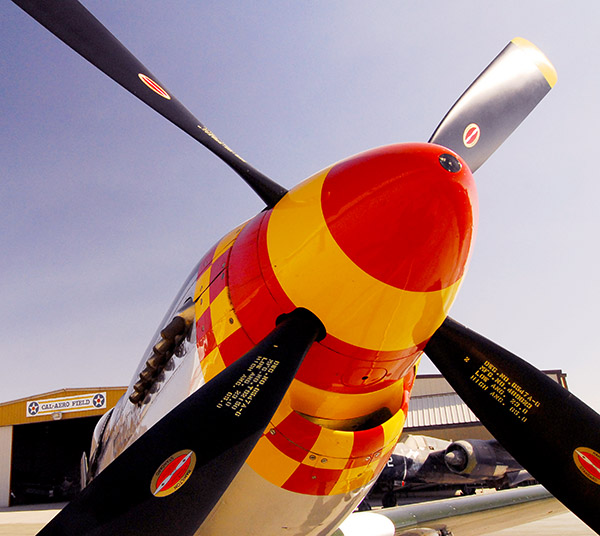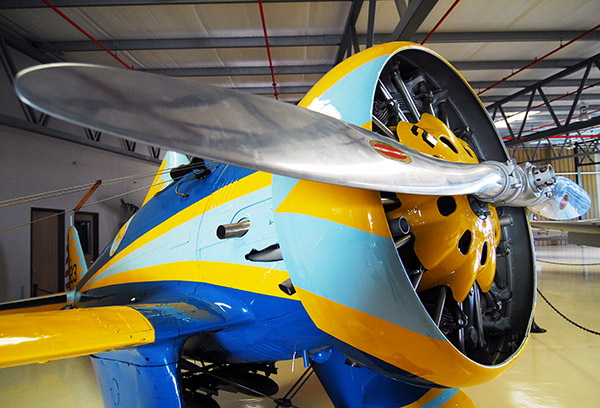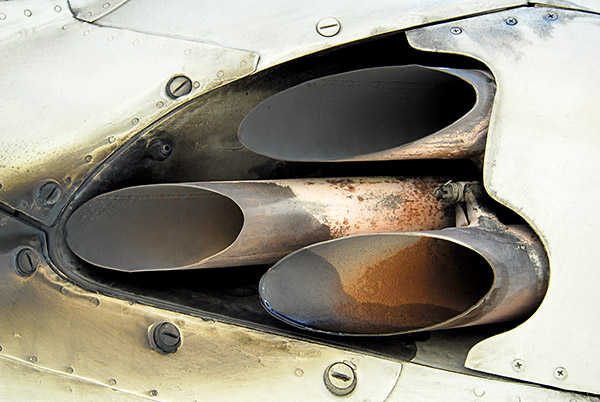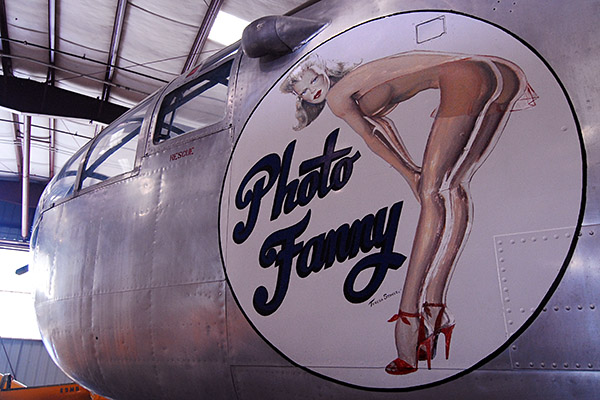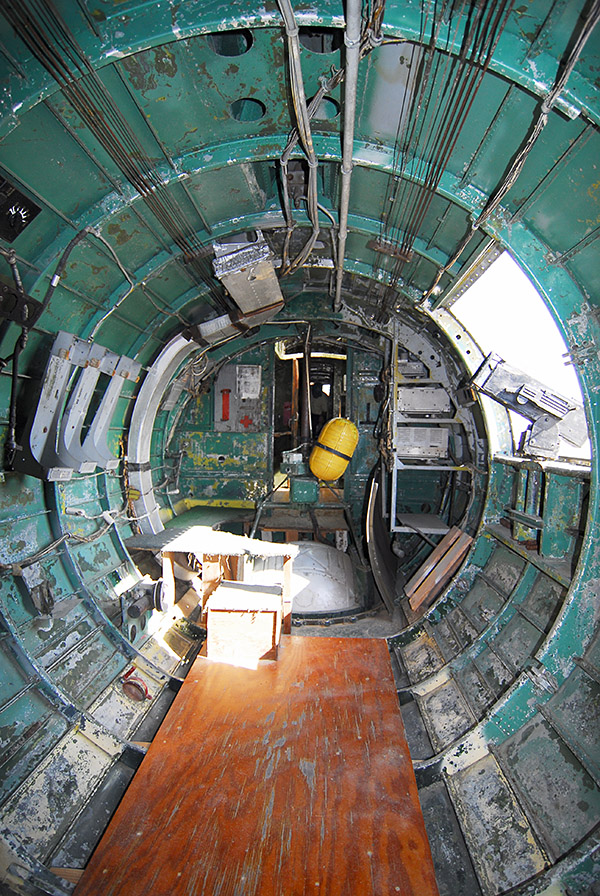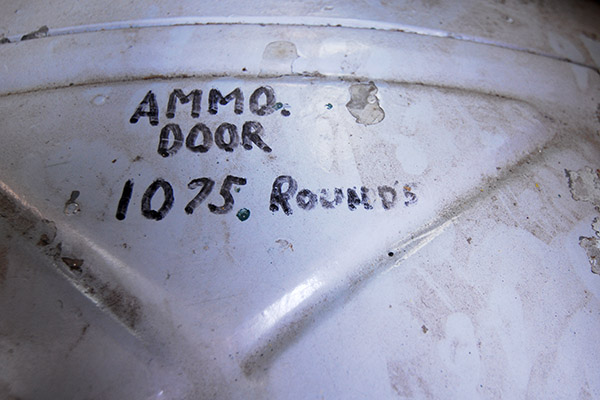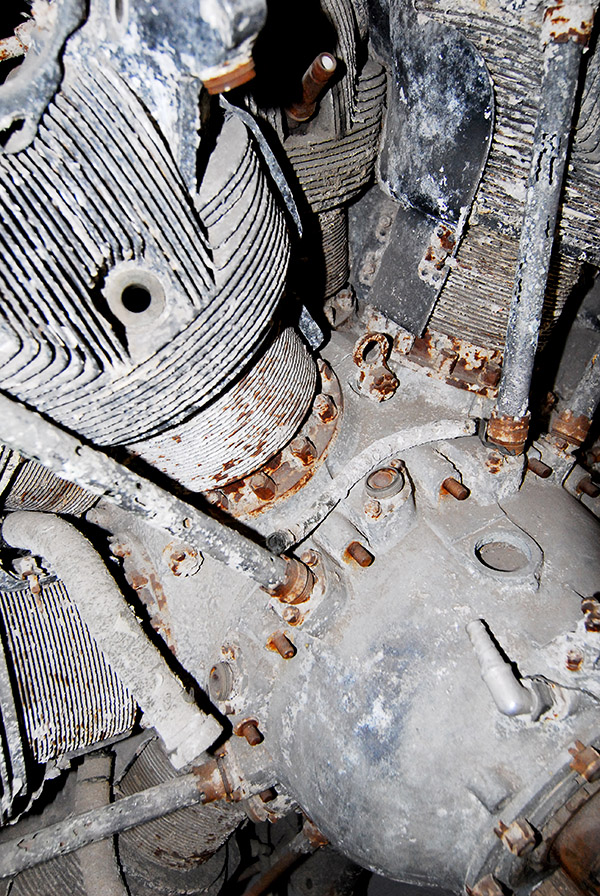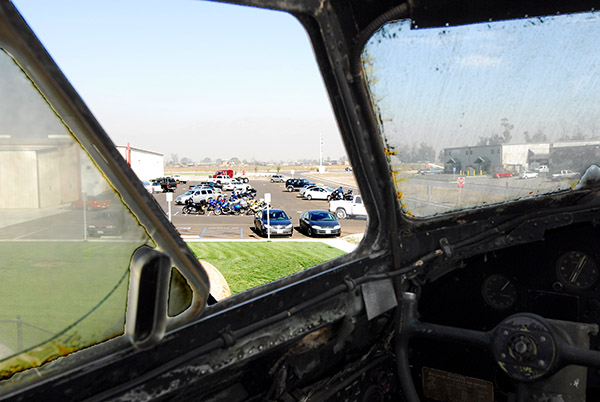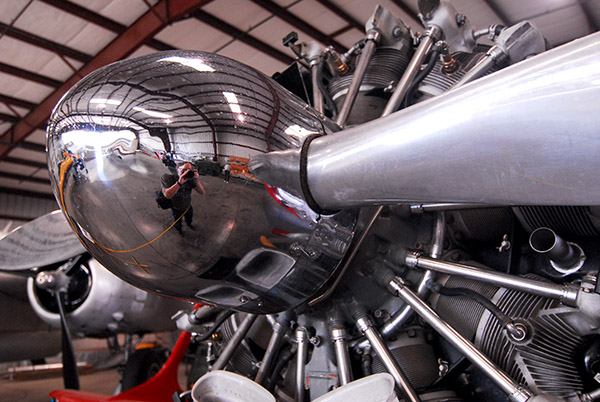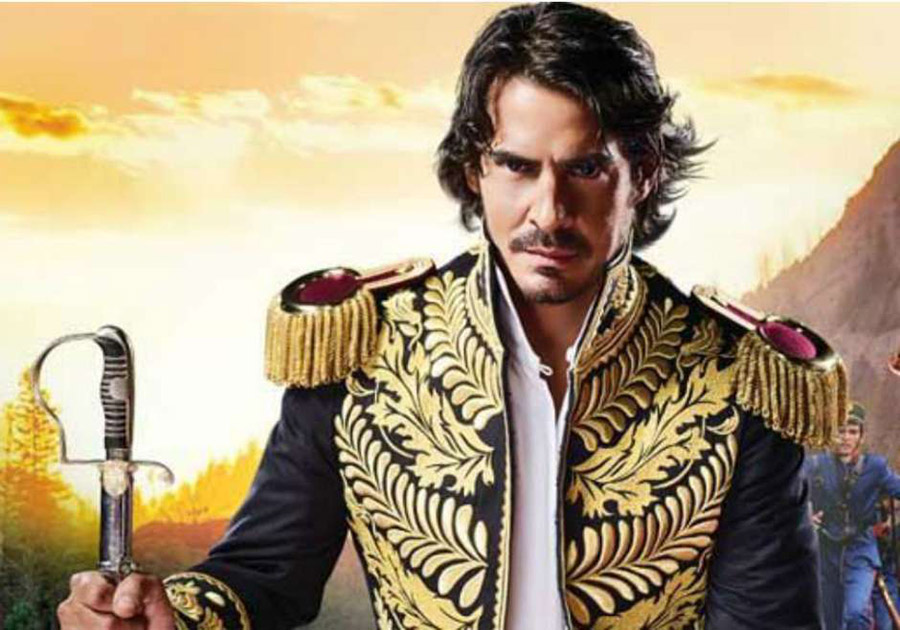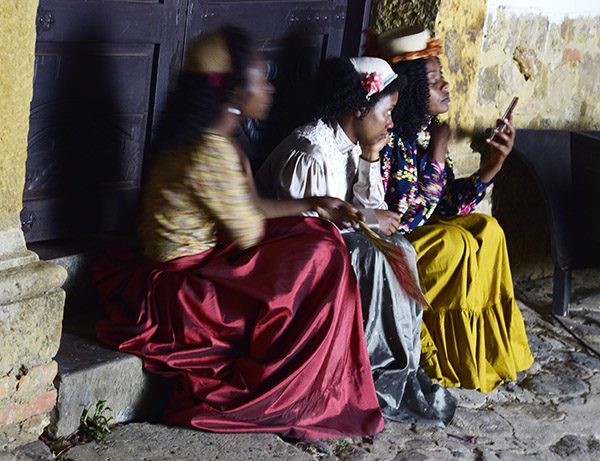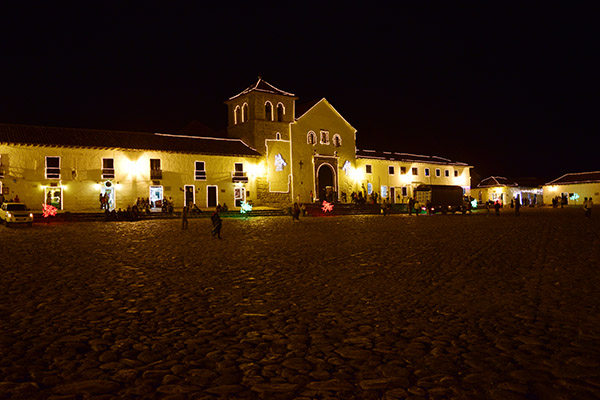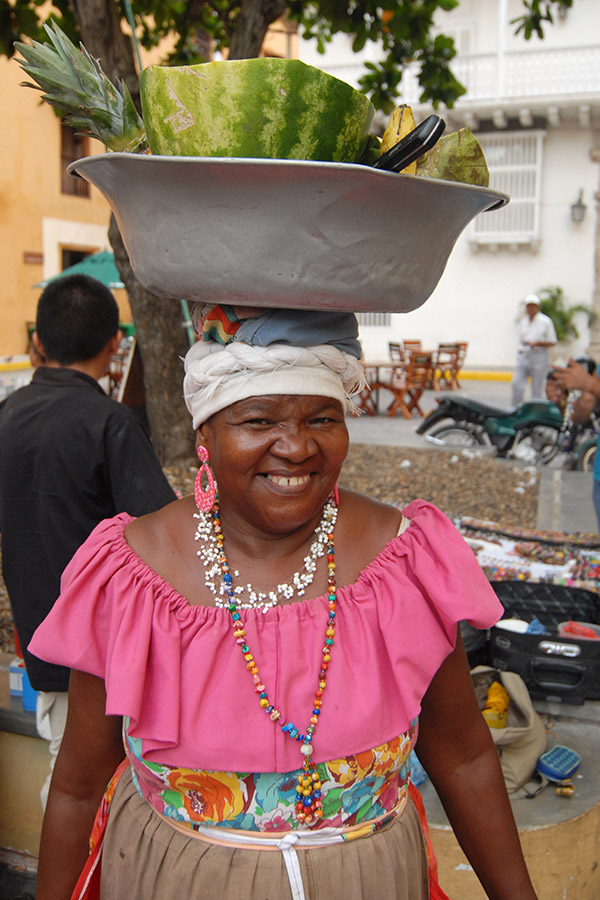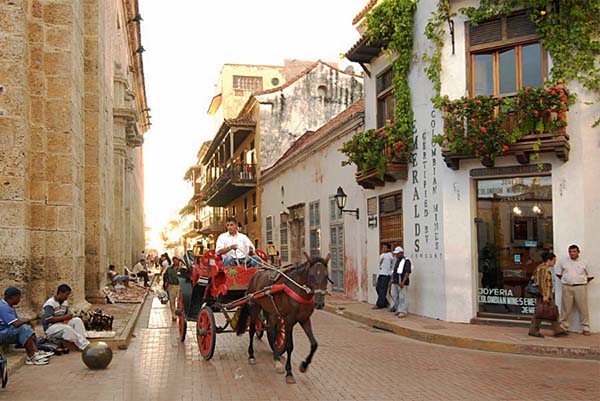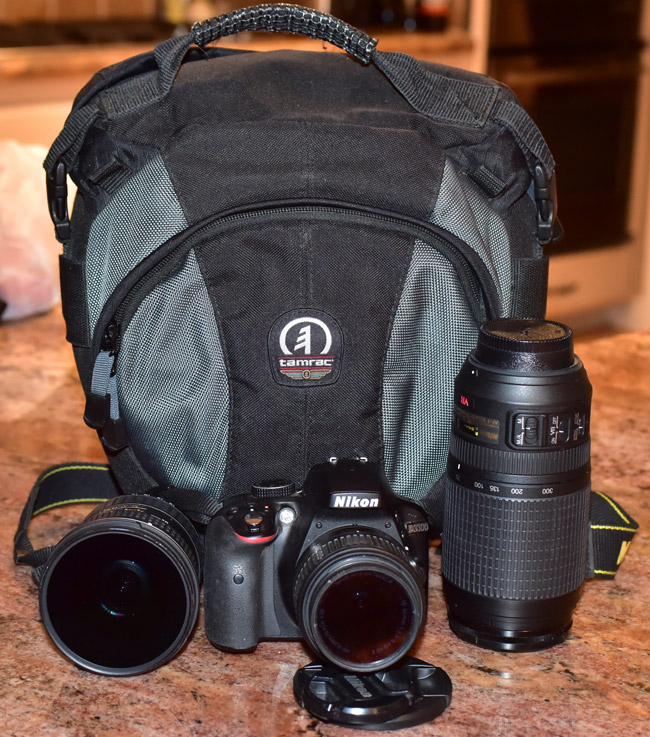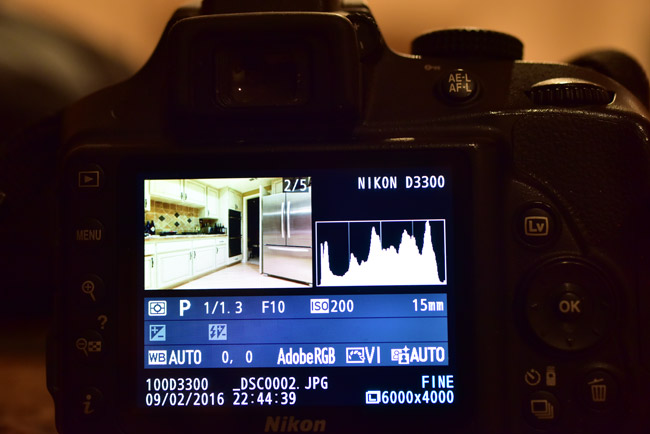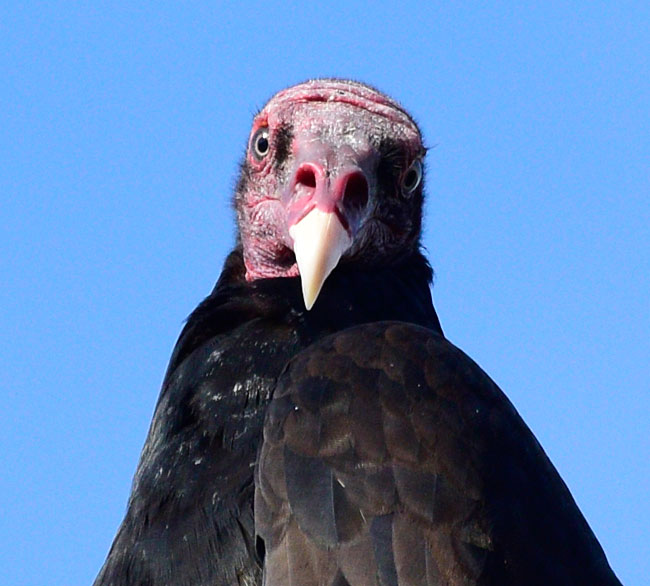By Joe Berk
I visited with my sister a couple of weeks ago and she gave me four 35mm film cameras. You know, the ones we used to use before everything went digital. One was a point and shoot Minolta, another was a Chinese copy of a Minolta single lens reflex non-autofocus camera, another was my Dad’s old Honeywell Pentax ES (with four Takumar lenses that were known as some of the best glass available back in the 1960s and 1970s), and a fourth was my old Nikon N70, complete with a Tamron 28-105mm zoom lens. I had given the N70 to my sister when I bought a Nikon F5, which was a huge top-of-the-line film camera when film ruled the roost. The N70 made the full circle, coming back to me again after being gone for more than 20 years. The N70 is the focus (pardon the pun) of this blog.
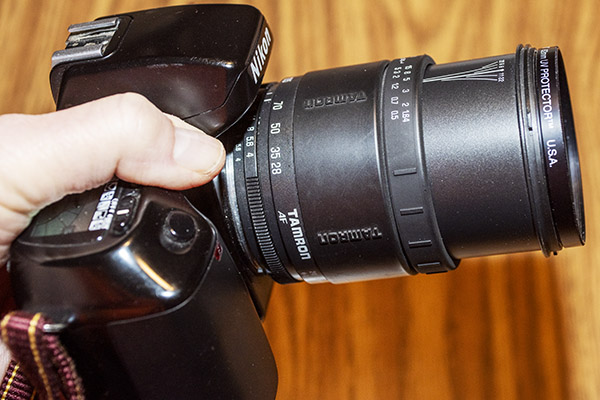
The N70 was the second camera I ever purchased. The first was a 35mm Minolta X700 that I bought a week before my first daughter was born because my wife told me I needed a camera to record the occasion. I bought the Minolta because it was what the store (a large Fedco, which is no more) sold and everything was automatic (except for focusing, which no one offered at the time). And, it was what my brother-in-law shot (he was a photography enthusiast, so I figured it had to be good). The Minolta was a far better camera than I was a photographer, but I really wasn’t getting the eye-popping photos I saw in the photography magazines (and I did a lot of my learning through magazines; there was no internet in those days).
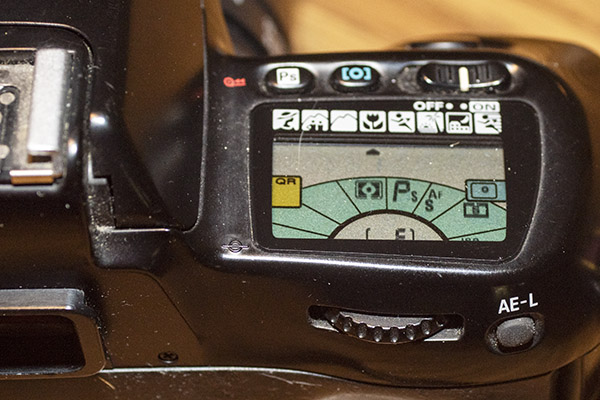
Nope, in those days, my Minolta was a manual focus camera, and I figured what I really needed was autofocus. The ticket in for me was the Nikon N70 (the very one you see here) sold to me by a very competent young salesman at our local Ritz camera store. It used to be that every major shopping mall had a Ritz camera store; with the advent of the internet, they’ve all disappeared, too.
I didn’t know very much about photography back then, but autofocus really made things better. My pictures (all print, of course) were turning out great. I liked the reaction my little 4×6 prints were getting at family dinners, and I started reading more and more about the art of photography. You know, all the stuff the camera did automatically. Apertures. Shutter speeds. Different ISOs. How to use the flash, even in daylight. And then I learned more. Composition. The rule of thirds. Lighting. The more I learned, the more I shot, and the more I shot, the better my photos became. Then a funny thing happened. I went back to my old Minolta (without autofocus) and my photos with it were way better, too. Who would have thought?
The world continued to change. Ebay became a thing, and so did digital photography. I resisted digital photography, partly because I am a cheap SOB and partly because I thought I was a purist. Until I tried digital. The difference was incredible. I sold all of my film cameras and the lenses that went with them.
With my sister’s generosity and my newly-rehomed collection of four film cameras, though, I am regressing and I hope to soon be rediscovering the wonders of film photography. Or going back to my roots. Or becoming more traditional. You can choose the words you like.
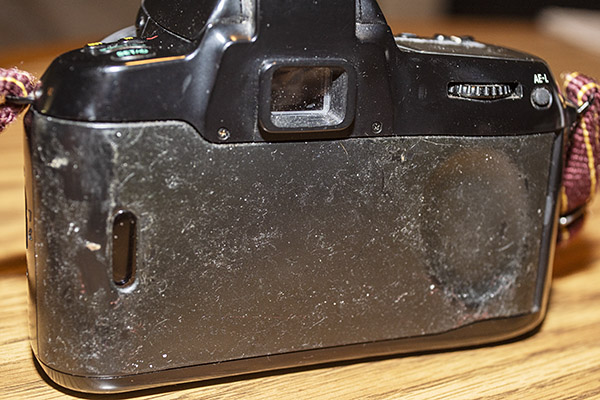
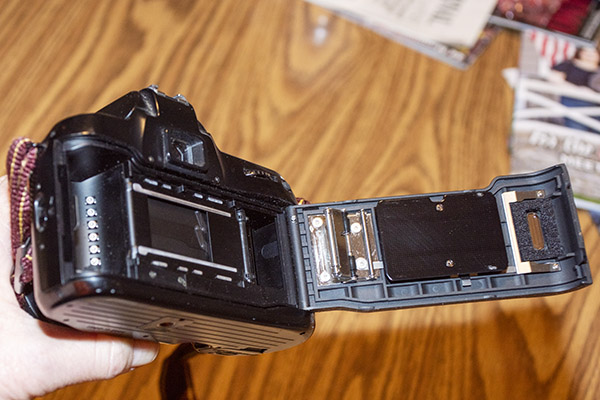
Anyway, the topic du jour is my N70. I just ordered a few rolls of Fuji ISO 200 film for it from Amazon, and I’ll put the old Nikon through its paces when the film gets here. When I picked up the N70 from my sister, I thought she had spilled something gooey on the back cover because it was all sticky. But it wasn’t her doing. I did a Google search and it was a common complaint. Apparently Nikon had applied a rubber-like material on the cover, which degraded over time. I had that happen on a Bell motorcycle helmet one time (a shame, really; I loved the artwork on that helmet). One of the guys who wrote about the Nikon N70’s gooification issue said that the rubber goo came off with alcohol, so I’ll try that on mine.
The Nikon feels good in my hands (the gooey cover notwithstanding). I packed it on a lot of motorcycle rides, including the Three Flags Classic nearly 20 years ago. Handling it is like coming home to an old friend. Watch for my photos with the N70; I’ll post them in a future blog (if I can find a place that still develops 35mm film).
Never miss an ExNotes blog:

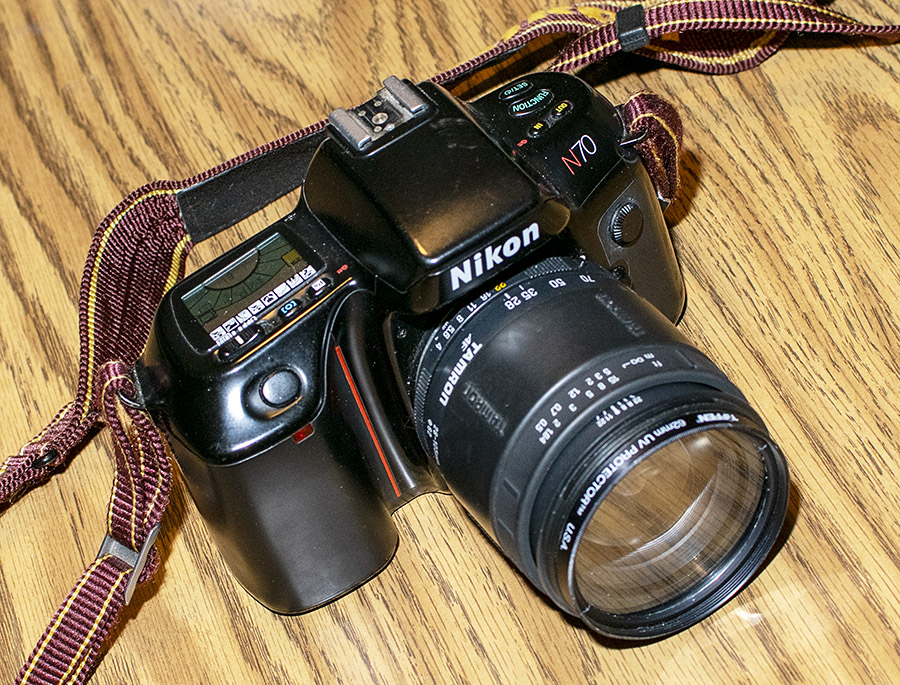


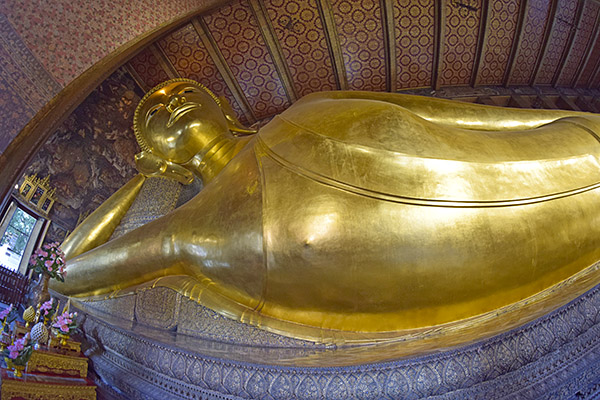
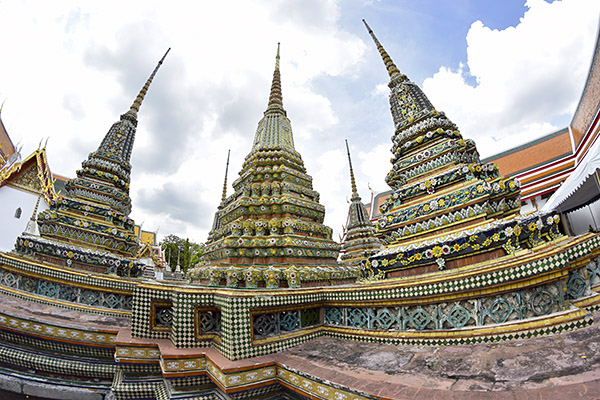
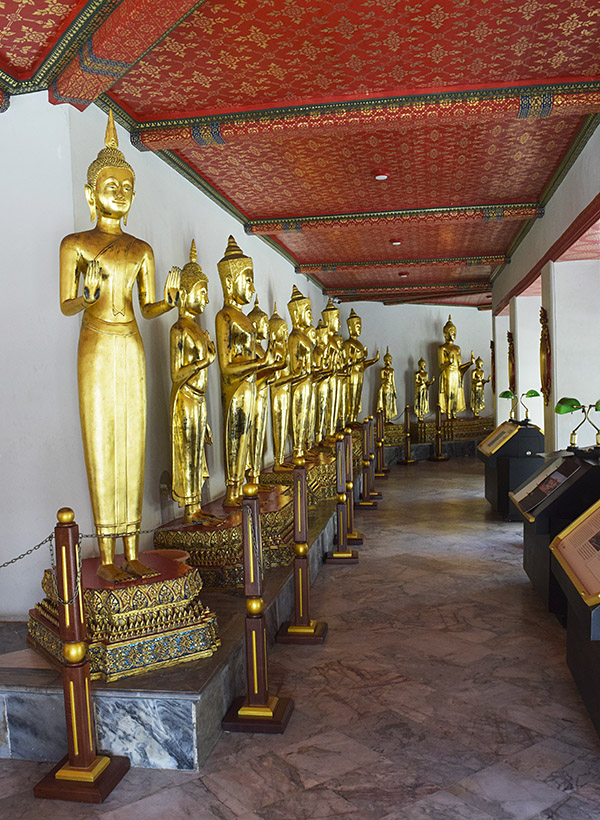

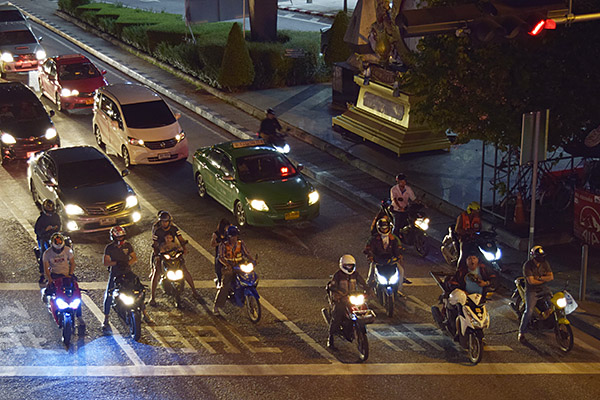

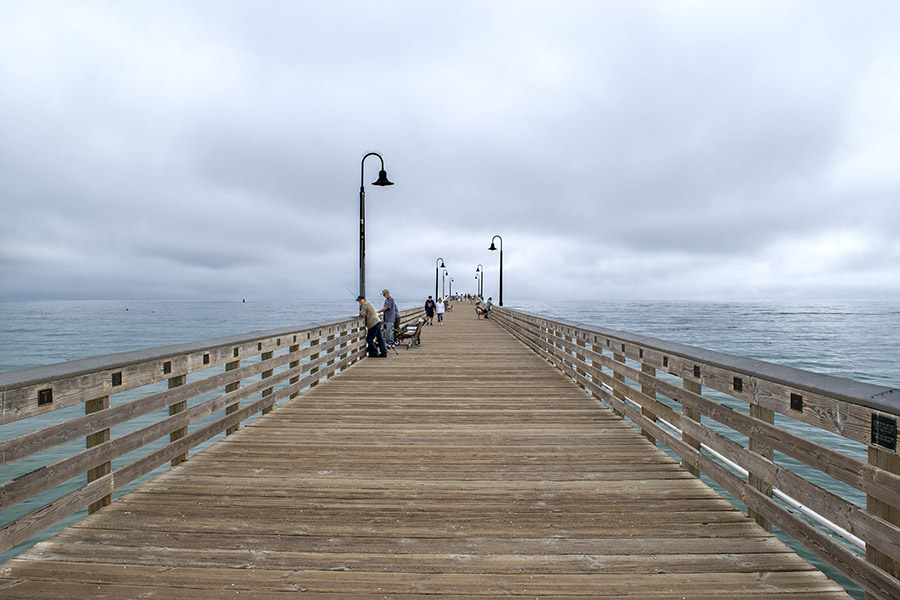
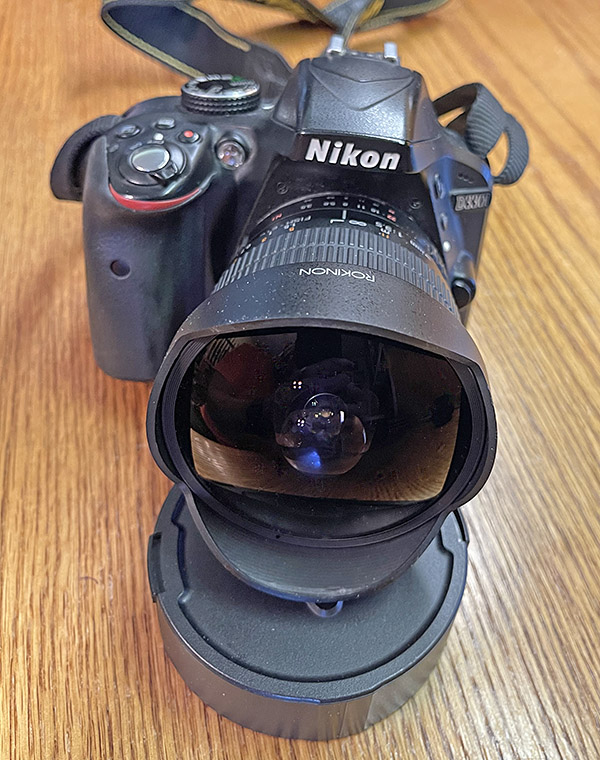
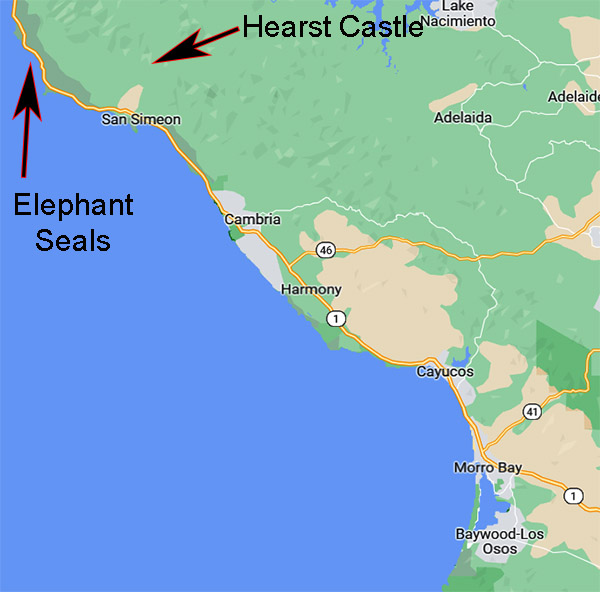


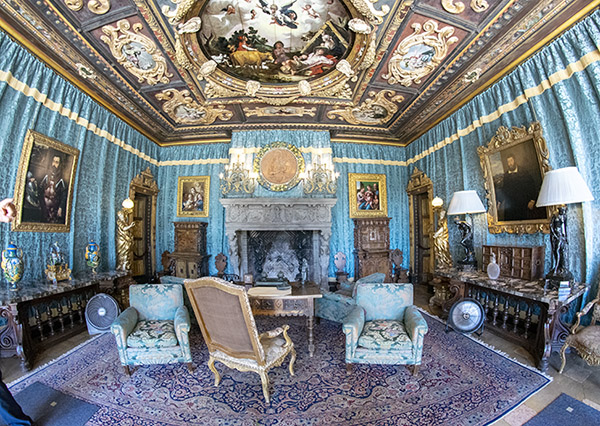

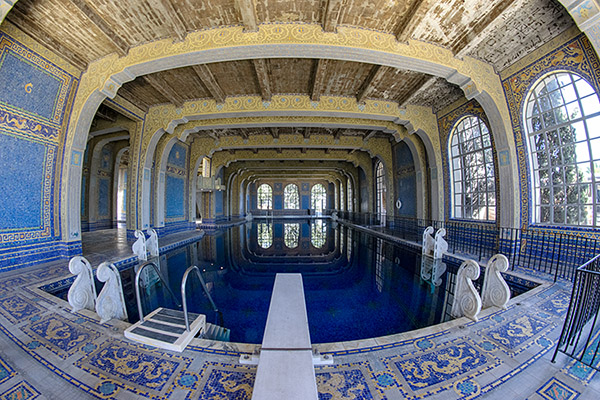
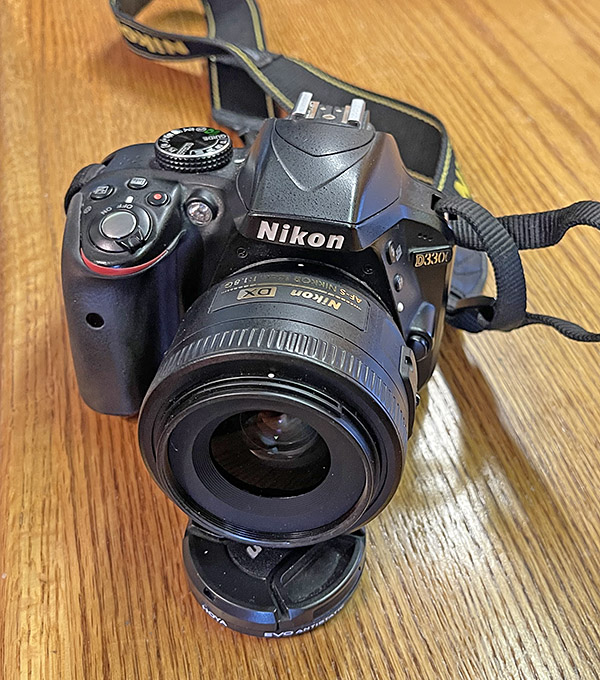
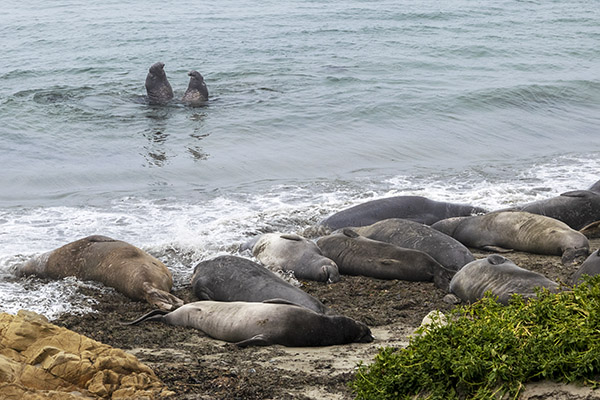
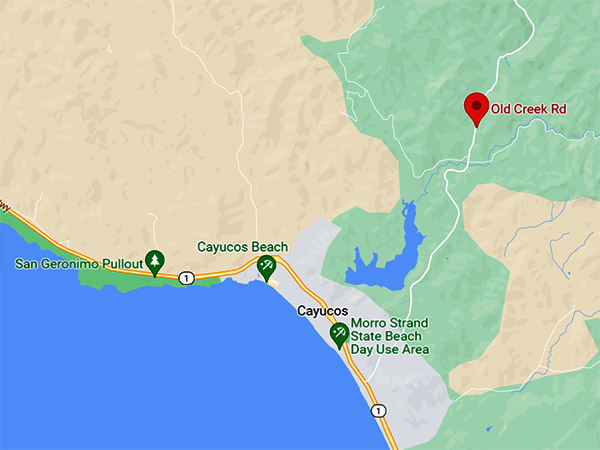
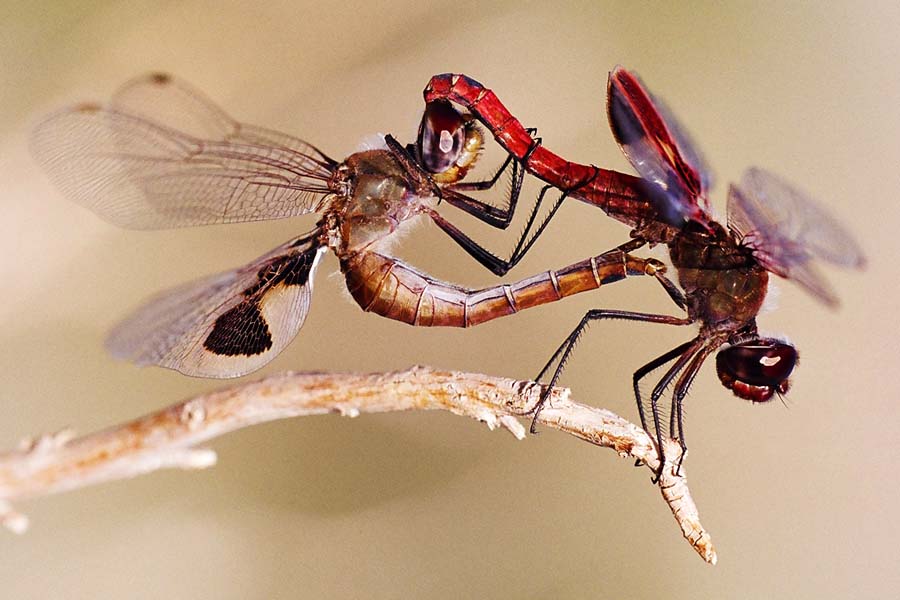
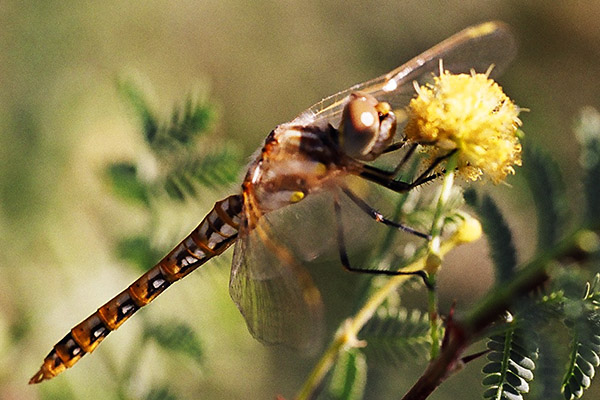
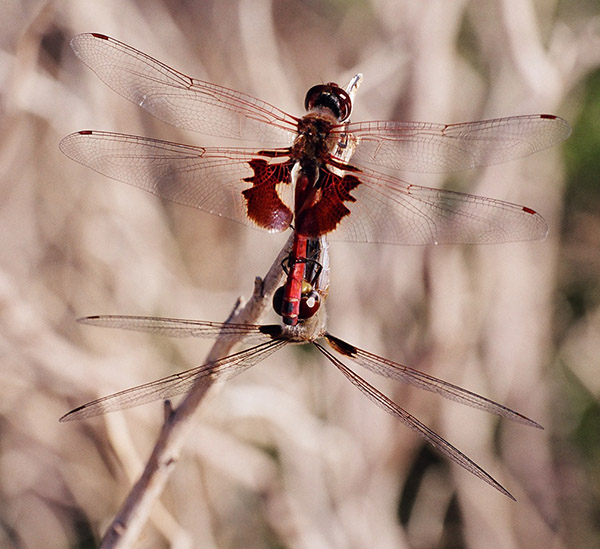
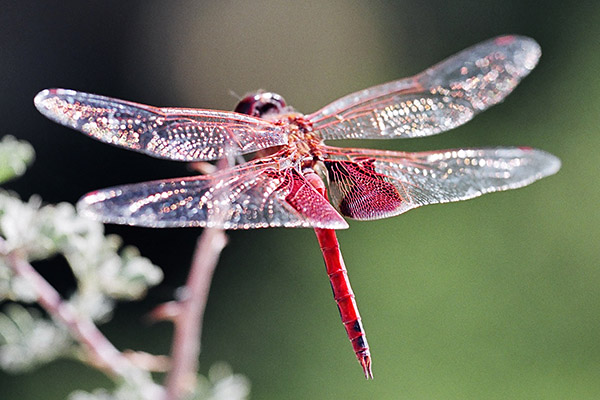
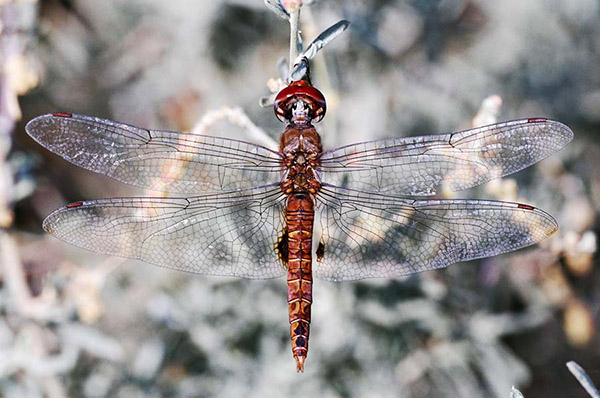

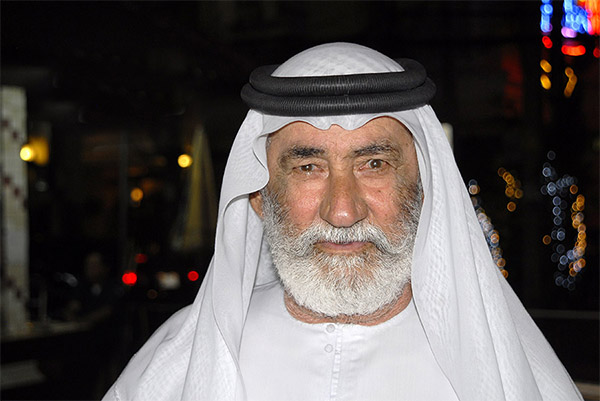
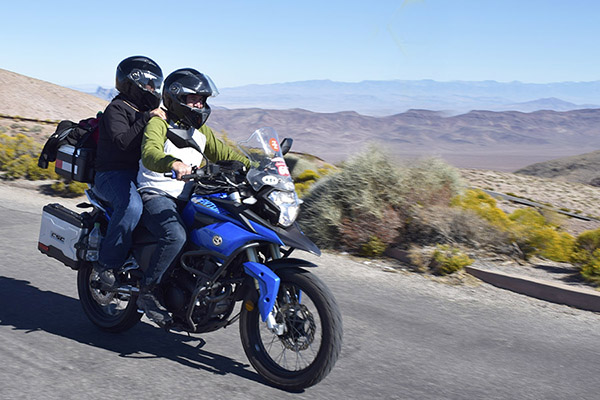

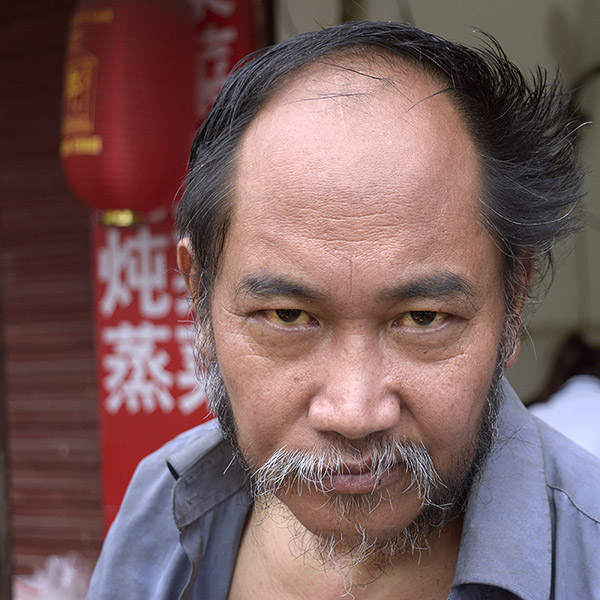
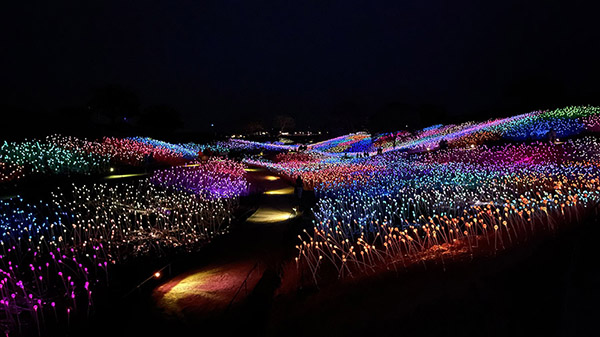
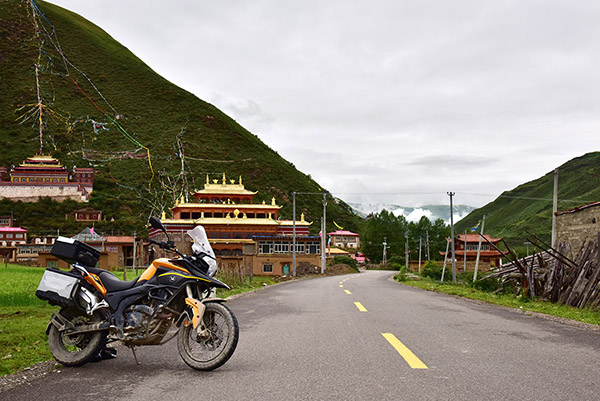
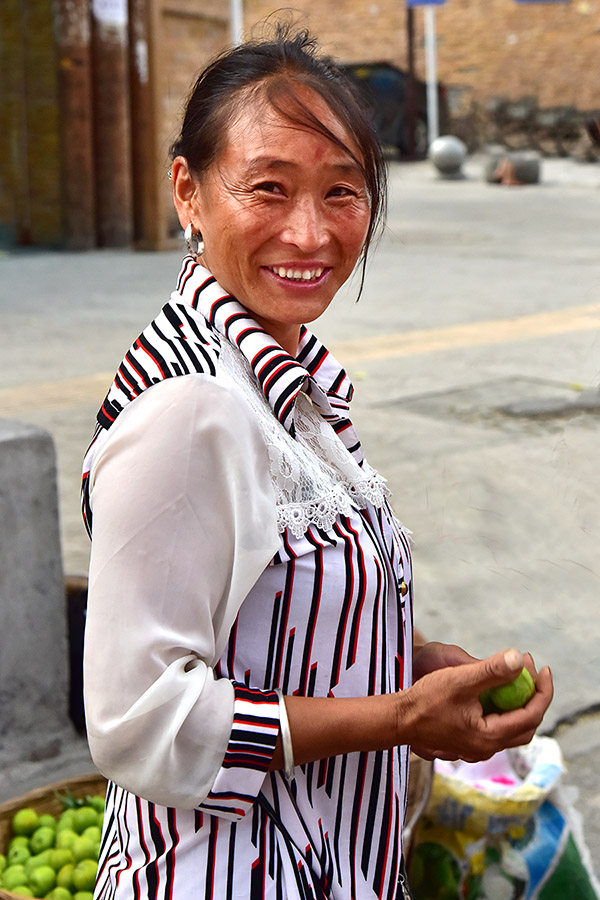

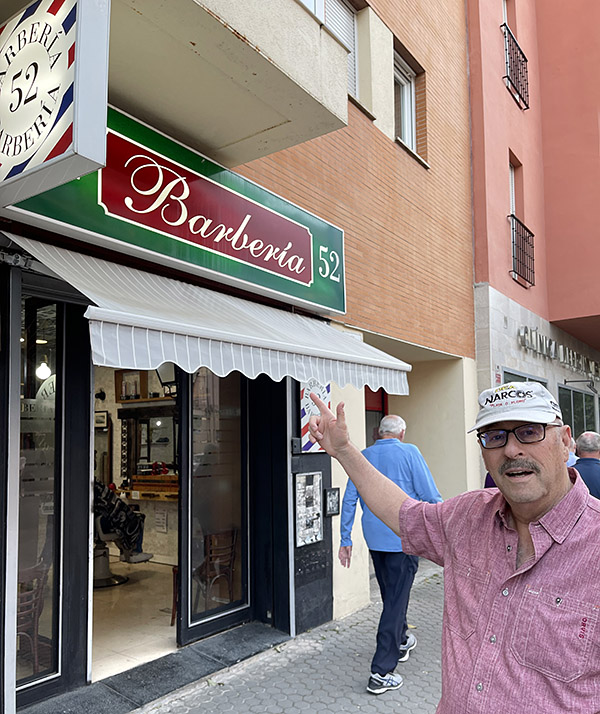


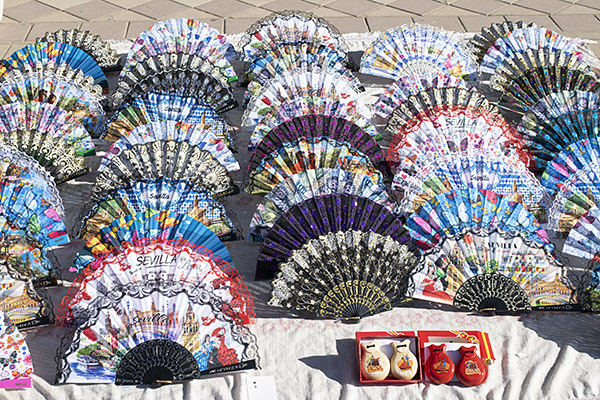
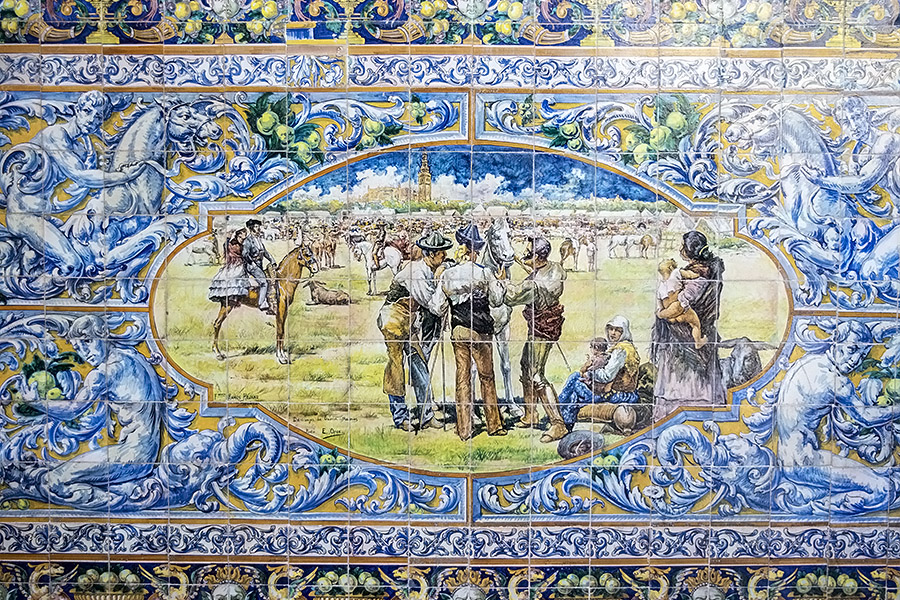
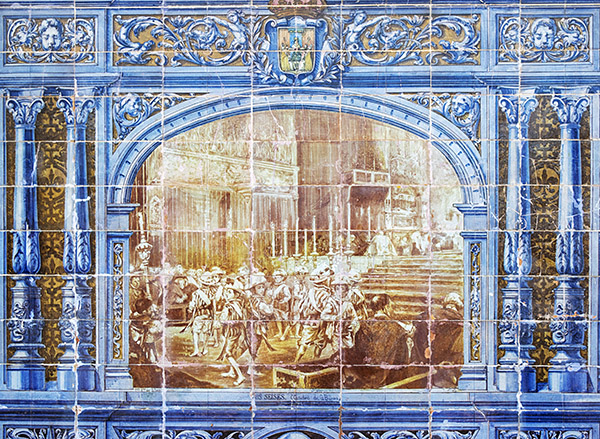


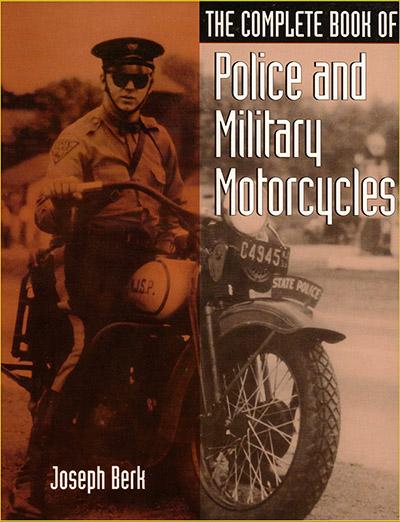
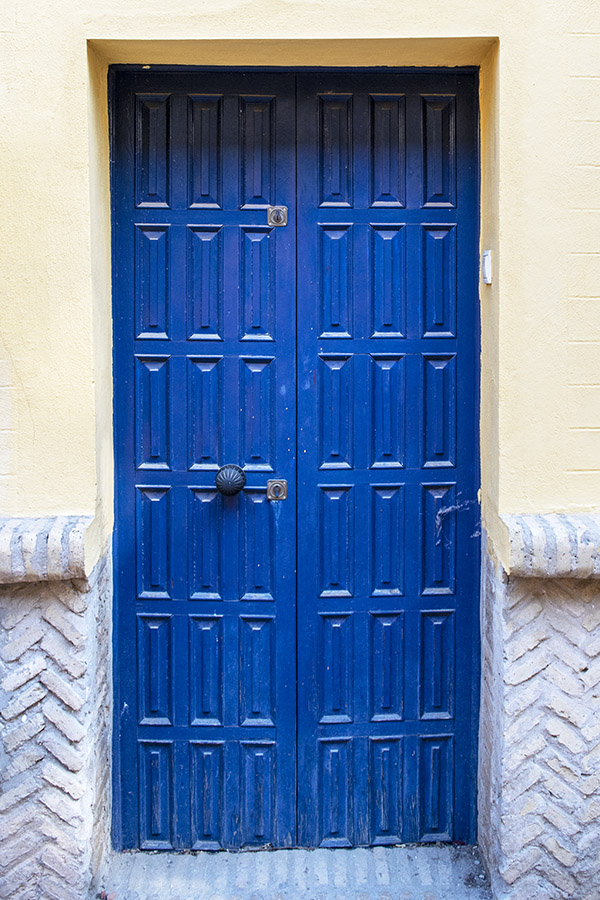

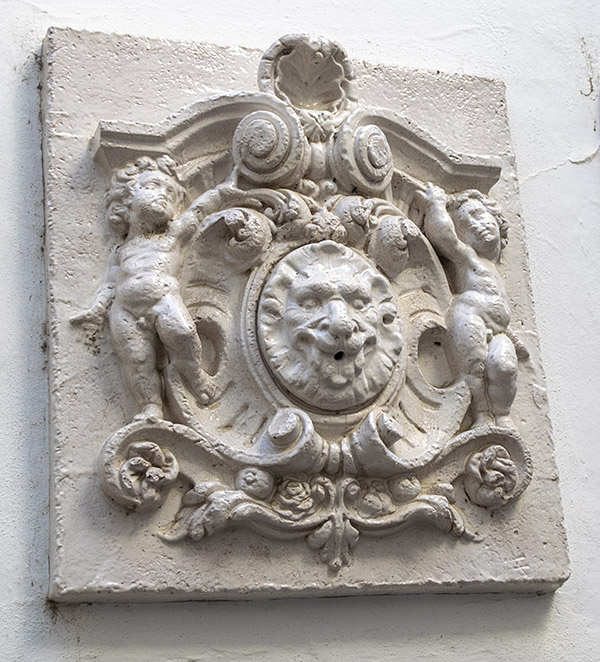
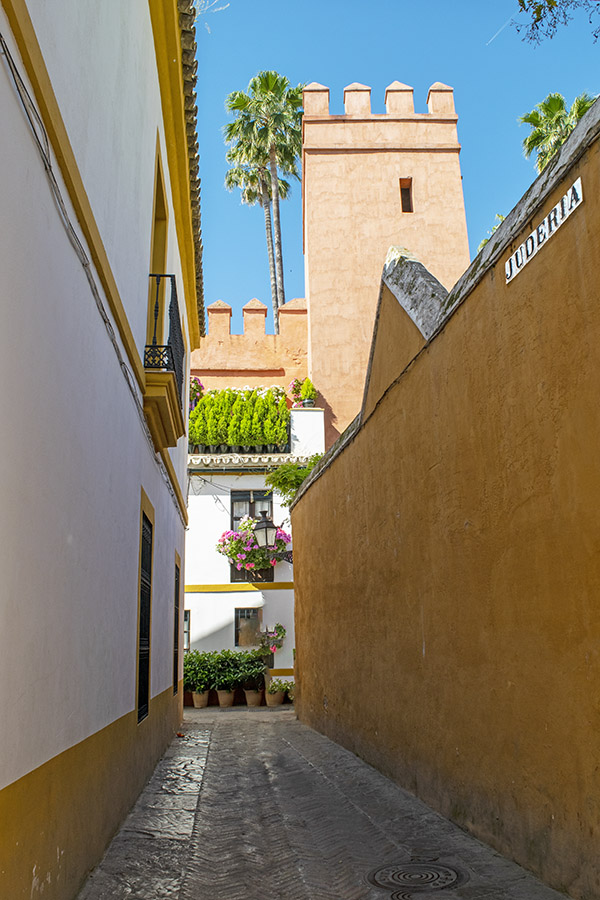

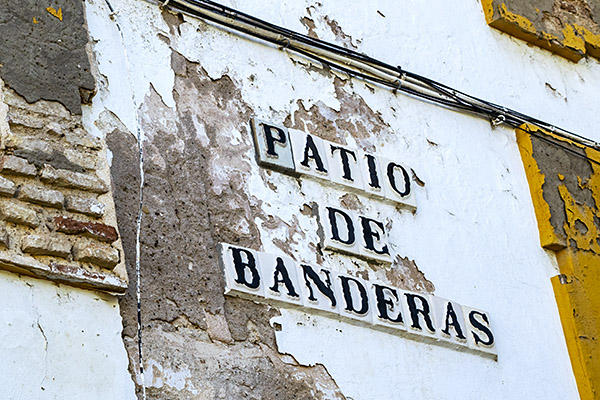
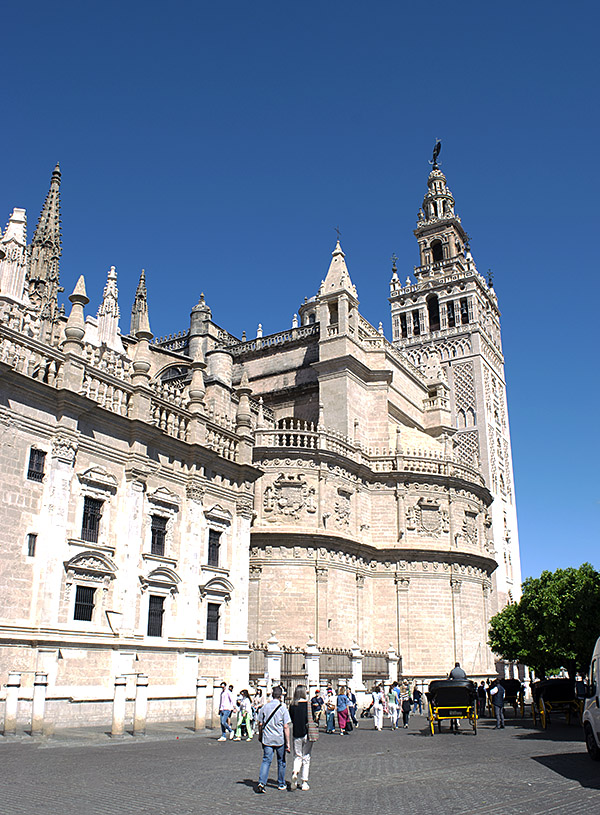

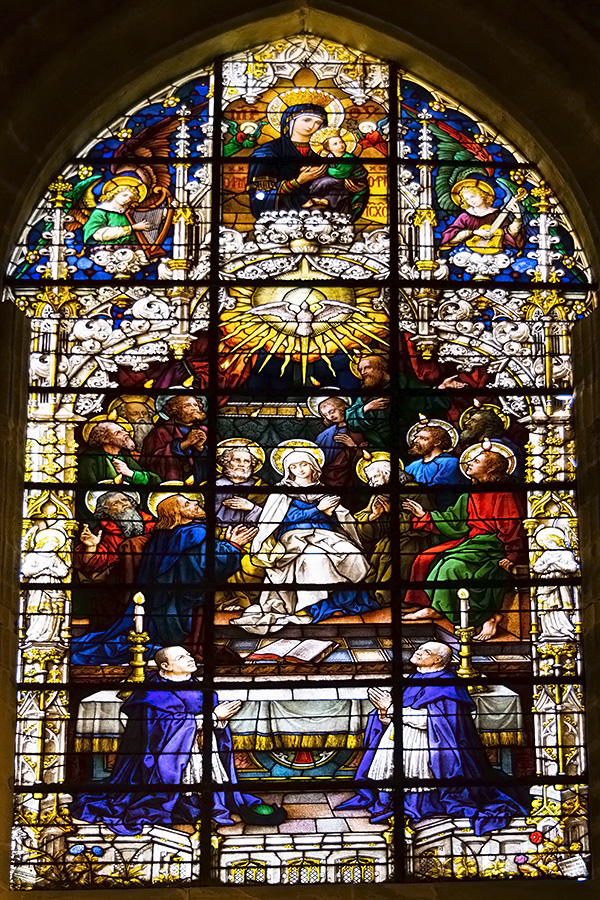
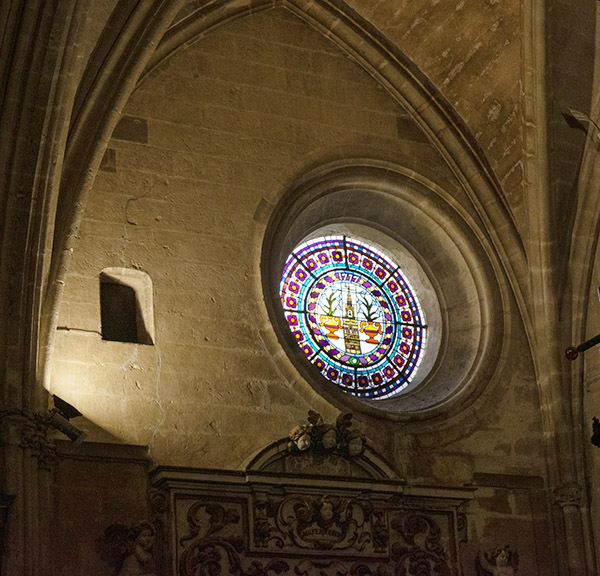

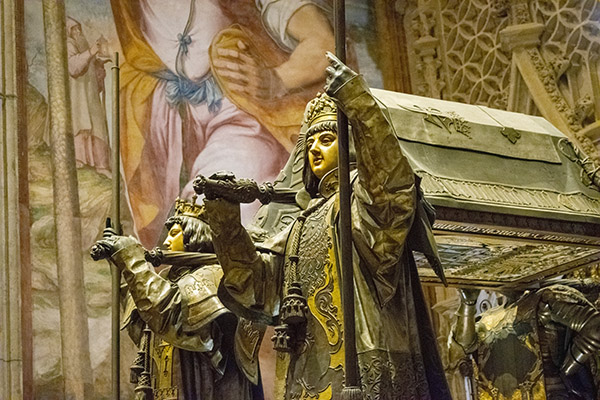
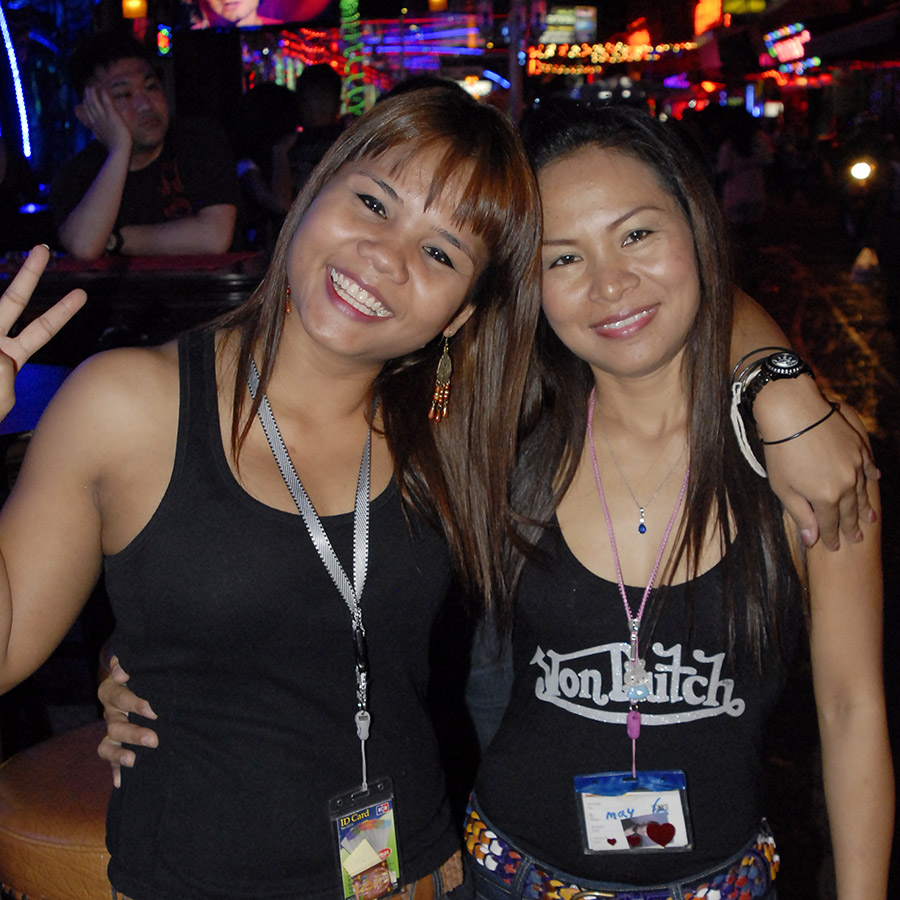

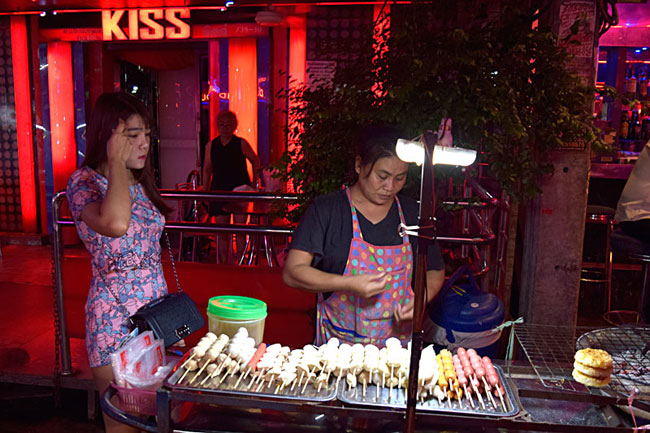

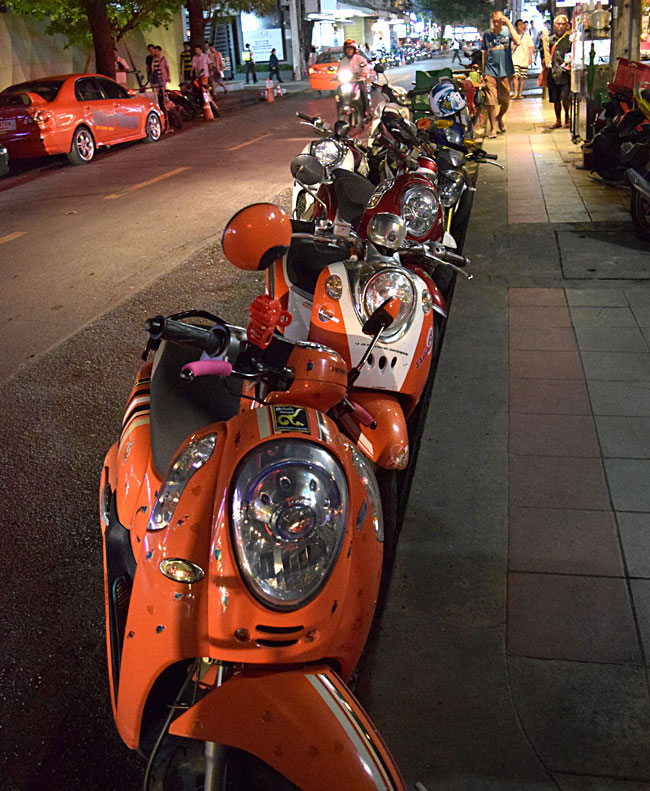
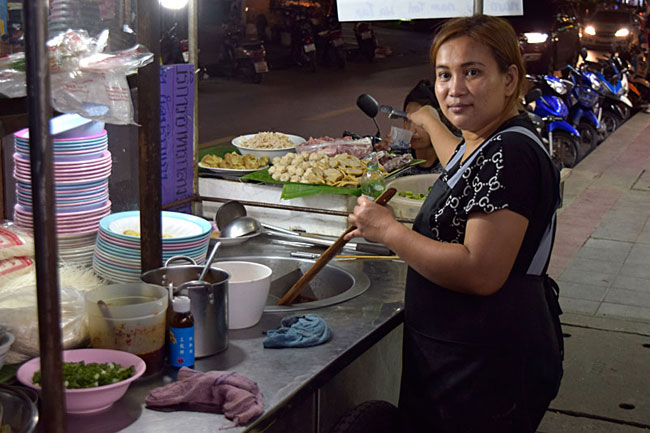

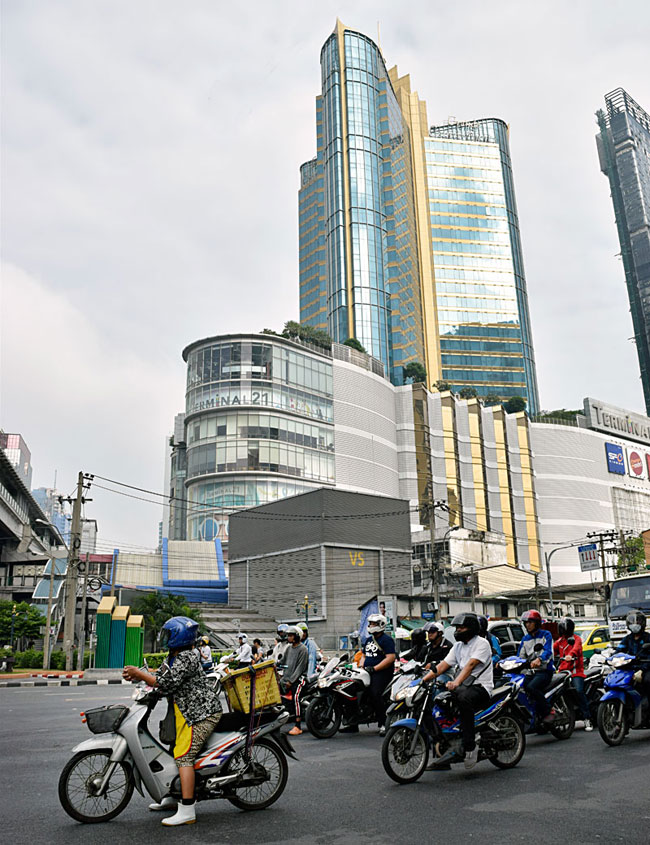

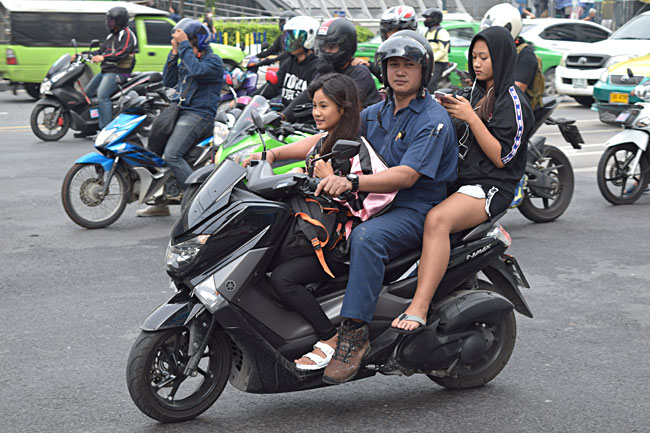


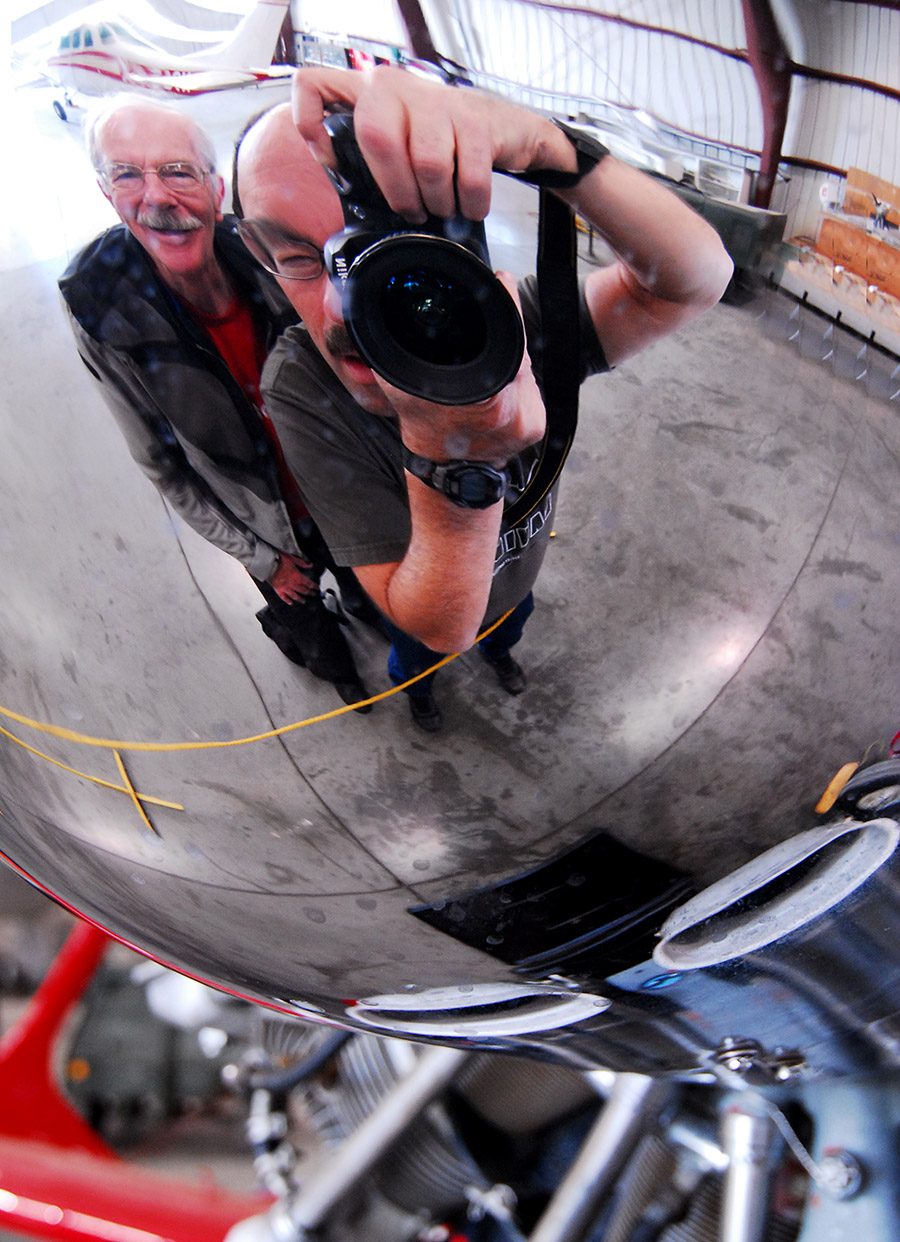
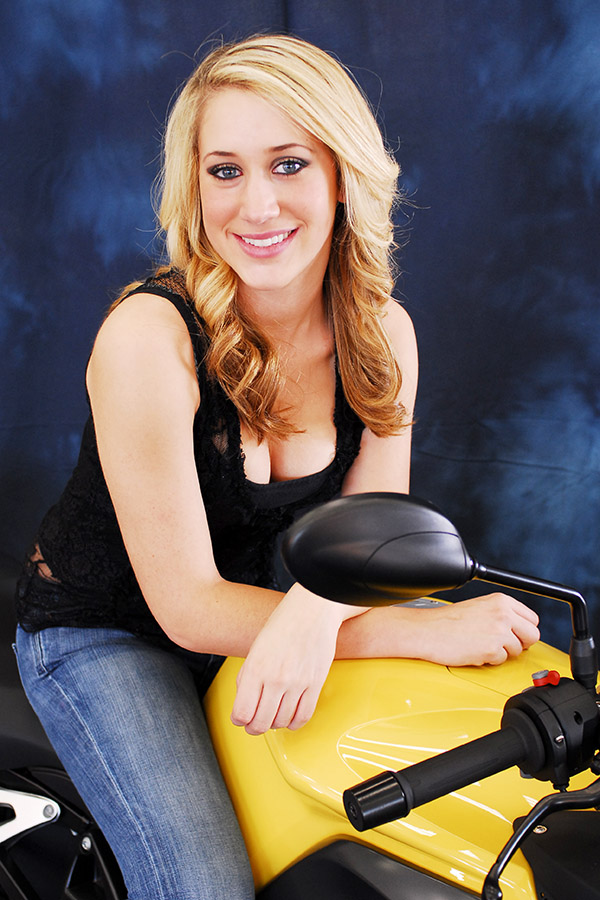 From there, it was a quick ride to the Chino Airport’s Planes of Fame Museum. I’ve always loved that place. The idea was to grab an interesting photo or twenty in a place jam packed full of interesting photo ops. Trust me on this, boys and girls…if you’ve never been to the Planes of Fame Museum, you need to go.
From there, it was a quick ride to the Chino Airport’s Planes of Fame Museum. I’ve always loved that place. The idea was to grab an interesting photo or twenty in a place jam packed full of interesting photo ops. Trust me on this, boys and girls…if you’ve never been to the Planes of Fame Museum, you need to go.